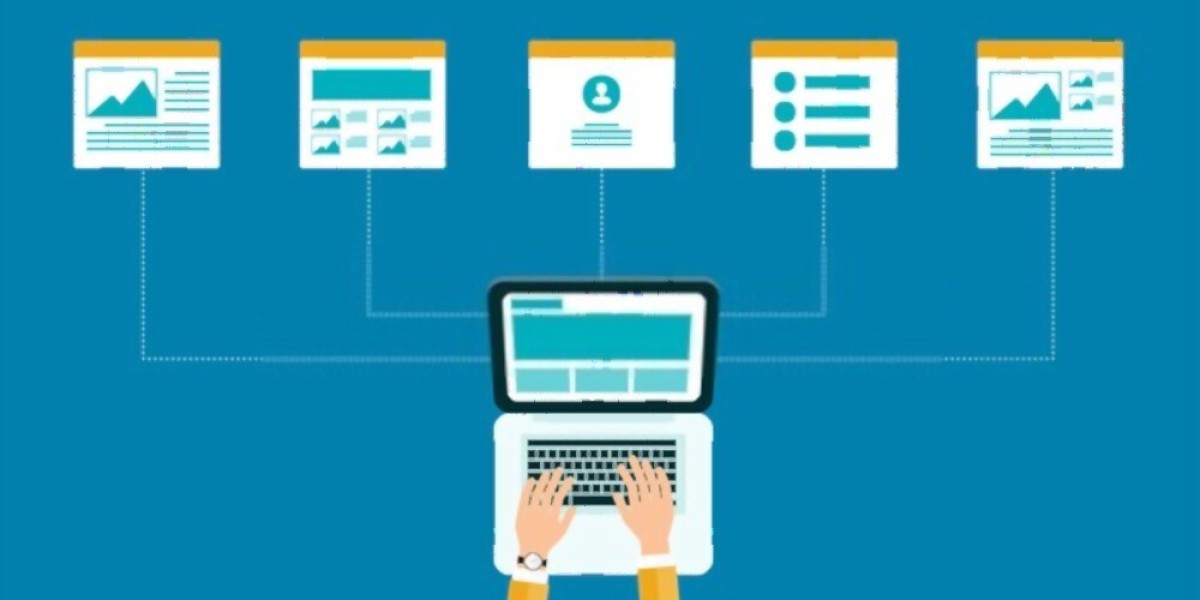Web portals have become indispensable platforms for users to access information and services seamlessly. Building a successful web portal requires incorporating essential features that enhance usability, security, and customization.
In this blog, we will explore the key elements necessary for a successful web portal development project. From creating a user-friendly interface and implementing secure authentication measures to offering personalization options and seamless integrations, each feature plays a crucial role in delivering a superior user experience.
By focusing on these essential aspects and optimizing performance, you can develop a web portal that engages users and meets their evolving needs in the digital landscape.
User-Friendly Interface and Navigation
A well-designed web portal starts with an intuitive and user-friendly interface. Users should easily navigate the portal and locate the desired information or services. Clear and logically organized menus and search functionality enable users to find what they need efficiently. By prioritizing user experience through seamless navigation, web portals can enhance user engagement and satisfaction.
Secure User Authentication and Authorization
Protecting user data and ensuring secure access is imperative for any web portal. Robust user authentication and authorization mechanisms safeguard sensitive information. Implementing secure login and registration processes, including solid password requirements and captcha verification features, helps prevent unauthorized access. Multi-factor authentication adds an extra layer of security, providing users with peace of mind.
Personalization and Customization Options
Users appreciate a personalized experience tailored to their preferences. You can create a more engaging & meaningful user journey by incorporating personalization and customization features. Providing options for users to customize their profile settings, preferences, and notifications allows them to personalize their experience within the web portal.
Additionally, delivering personalized content recommendations based on user behavior and preferences can significantly enhance user satisfaction and retention.
Integration with Third-Party Systems and APIs
Web portals must often integrate with external systems and utilize third-party APIs to enhance functionality. This integration enables seamless data exchange, expanding the capabilities of the portal. By integrating with popular designs and APIs, such as payment gateways or social media platforms, web portals can provide users with convenient and interconnected experiences.
Content Management and Publishing Tools
Efficient content management is vital for web portal success. Robust content editing and publishing tools simplify creating and managing content. A user-friendly content editor with formatting options and a workflow management system streamline content creation and approval processes. Version control ensures that content revisions can be tracked and reverted if necessary.
Additionally, content scheduling features allow administrators to plan and automate content publishing, ensuring fresh and timely updates.
Responsive and Mobile-Friendly Design
With the increasing usage of mobile devices, it is imperative to design web portals that are responsive and mobile-friendly. Responsive design ensures that the portal adapts seamlessly to different screen sizes and resolutions, providing users with a consistent experience across devices.
Optimizing the portal's layout, images, and interactive elements for mobile devices enhances usability and accessibility, catering to the needs of users who prefer to access the portal on their smartphones or tablets.
Analytics and Reporting Capabilities
Analytics and reporting tools are vital in understanding user behavior and engagement within a web portal. By tracking and analyzing user interactions, administrators can gain insights into user preferences, popular content, and areas for improvement.
This data-driven approach allows for informed decision-making and targeted enhancements to the portal's features and content. Providing comprehensive analytics and reporting capabilities empowers administrators to optimize the portal's performance and continuously improve the user experience.
Scalability and Performance Optimization
A successful web portal should handle growing user bases and increasing traffic without compromising performance. Scalability ensures that the portal can accommodate higher user volumes and data loads as the platform expands.
Performance optimization techniques, such as caching mechanisms and efficient database queries, contribute to faster page loading and response times. A responsive and high-performing portal creates a positive user experience, reducing bounce rates and encouraging user engagement.
The Bottom Line
In conclusion, incorporating essential features is crucial for the success of a web portal development project. By prioritizing user-friendly interfaces, robust security measures, personalization options, seamless integrations, and performance optimization, you can create a web portal that delivers a seamless user experience.
However, partnering with an experienced and reliable web portal development service provider like crmjetty is essential to ensure the best results. crmjetty brings expertise, innovative solutions, and a track record of successful projects.
Contact crmjetty today and let them be your trusted partner in building a top-notch web portal that exceeds your expectations.








